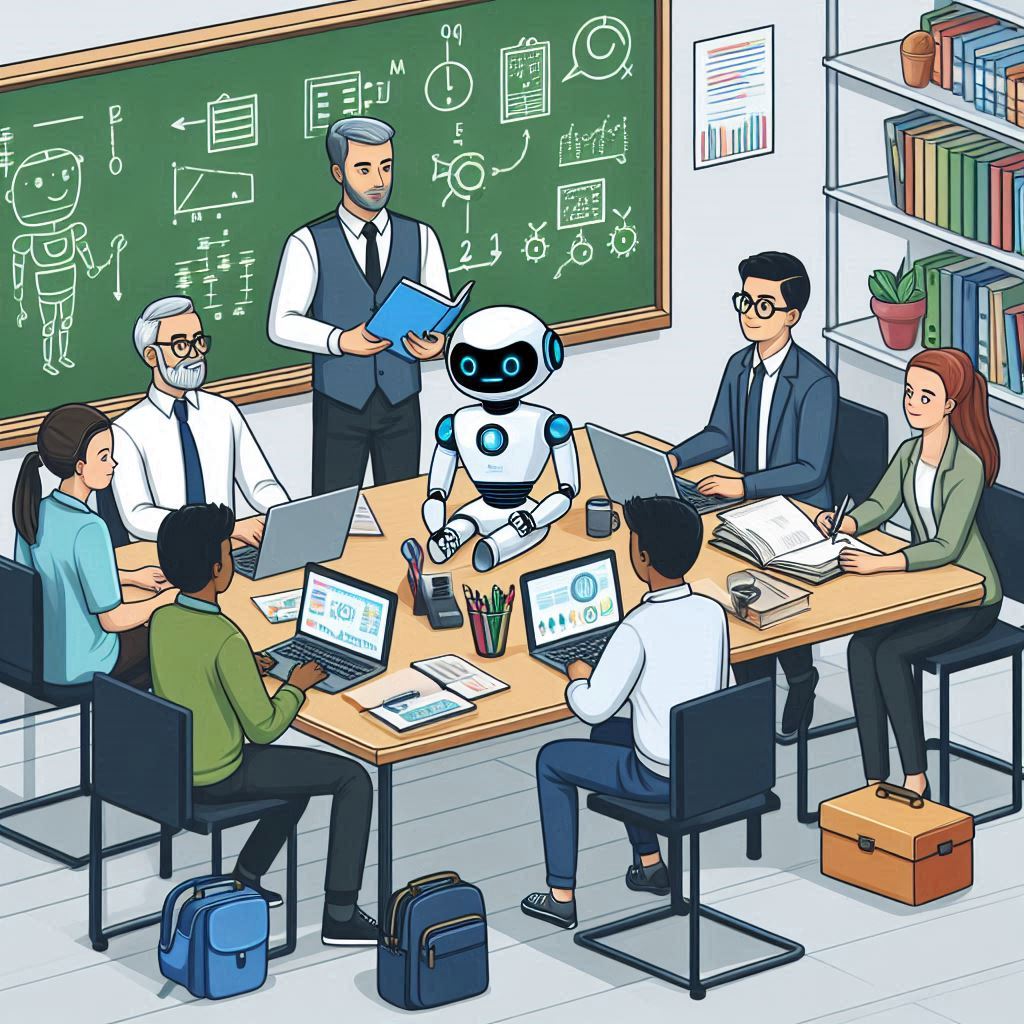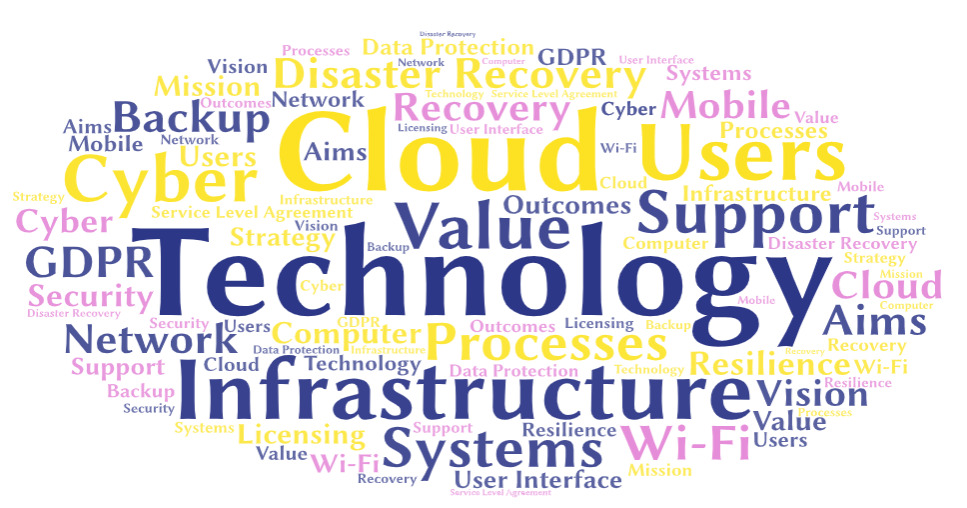
The other day I was lucky enough to share my thoughts with a number of schools in relation to the use of Generative Artificial Intelligence within teaching and learning. My session included a brief introduction into Artificial Intelligence (AI) and Generative Artificial Intelligence, before talking about the benefits and, risks and challenges. I also talked about a few Generative AI tools.
In delivering the session I spotted that some of the later sessions on the event agenda including time for colleagues from across different schools to get together in their subject area to work collaboratively, to share ideas, resources, etc. And it was at this point that I saw a clear potential use for generative AI.
We are in that final part of the academic year where many teachers are already considering the 2024/25 academic year and putting their planning into place. It has always been beneficial to do this collaboratively with other teachers, either in your school, across schools in a Multi-Academy Trust or school group, or even beyond. The bigger and more diverse the group of teachers sharing the better. It all fits with my favourite quote, that “the smartest person in the room, is the room”. So, the more people we are working with collaboratively and sharing ideas with, the smarter we are collectively. But why does it need to be just about people.
In the event I spoke at I suggested that staff might want to invite ChatGPT or Gemini into their collaborative planning sessions, getting some input and ideas from Generative AI or they might use Generative AI to help in further developing ideas they themselves have come up. A Generative AI tool would bring additional ideas from the very broad training data it will have ingested and therefore may propose things a group of teachers might not consider. Ok, so it isn’t another person in the room, but it is another intelligence or it is an intelligent assistant to the people in the room. Maybe the intelligent assistant, such as ChatGPT, makes each individual “smarter” and then the collaboration of the room again makes people collectively smarter still.
Collaborative planning among teachers is now a largely established habit in schools so maybe we can augment the practice by getting into the habit of bring generative AI into these meetings, these discussions and these collaborative events. If a room of people is smarter than the individuals, then a room of people, supported by intelligent assistants, supported by generative AI tools, is clearer smarter still.
So, if you are doing any collaborative planning in the weeks ahead, or at the start of the new academic year, are you going to involve Generative AI tools in the process?



 I have been planning to post on IT strategy in relation to some of the areas which I believe need to be considered. Initially my thought was for a single post covering a number of different points, some being obvious and some less so obvious, however as soon as I started writing it became clear that each point could be a post in itself or would result in a really long single post. As such I decided to undertake a number of separate posts of which this is the first:
I have been planning to post on IT strategy in relation to some of the areas which I believe need to be considered. Initially my thought was for a single post covering a number of different points, some being obvious and some less so obvious, however as soon as I started writing it became clear that each point could be a post in itself or would result in a really long single post. As such I decided to undertake a number of separate posts of which this is the first: I remember someone telling me that IT is the 3rd most expensive thing in a school after staffing costs and the cost of the building and school estate. With such a large part of a schools finances invested in technology it is important to make sure that we are getting value. Now I note my use of the word “value” as opposed to impact; This is due to impact being often associated with examination outcomes. In my view this is a narrow view on technologies potential within education. Exam results, for example, don’t provide a measure of the positive effect which technology can have to a student with Asperger’s who previously found it difficult to interact with the classroom discussion but now can do so easily via an online chat facility. For me value suggests a broader classification which might include using technology to engage a particular student who previously wouldn’t or couldn’t access learning, like in the above example, it might include introducing new experiences to students which were either difficult, dangerous or costly without tech or it might be using technology to bring about new more efficient processes for teachers such as dictation of feedback, etc. Value is much more diverse and also context specific than exam results. Seeking value in our technology should be a key objective in all technology decision making but mustn’t be confused with cost cutting.
I remember someone telling me that IT is the 3rd most expensive thing in a school after staffing costs and the cost of the building and school estate. With such a large part of a schools finances invested in technology it is important to make sure that we are getting value. Now I note my use of the word “value” as opposed to impact; This is due to impact being often associated with examination outcomes. In my view this is a narrow view on technologies potential within education. Exam results, for example, don’t provide a measure of the positive effect which technology can have to a student with Asperger’s who previously found it difficult to interact with the classroom discussion but now can do so easily via an online chat facility. For me value suggests a broader classification which might include using technology to engage a particular student who previously wouldn’t or couldn’t access learning, like in the above example, it might include introducing new experiences to students which were either difficult, dangerous or costly without tech or it might be using technology to bring about new more efficient processes for teachers such as dictation of feedback, etc. Value is much more diverse and also context specific than exam results. Seeking value in our technology should be a key objective in all technology decision making but mustn’t be confused with cost cutting.
